Hightop can provide super high-rise automatic laying hen cages. The most commonly used super high-rise laying hen cages are 6-layer and 8-layer cages. Using super high-rise cages can raise more chickens on the same land and get more profits. Compared with 4-layer and 5-layer cages, the chicken coops used in super high-rise cages are higher and it is more difficult to control the stability of the environment inside the chicken coop, so this puts higher requirements on environmental control. If the environmental control is not done well, it will affect the egg production rate. Therefore, in the selection of fans and water curtains, Hightop will choose better quality products to ensure that the products have better use effects.
The feeding equipment upstairs and downstairs are separate and will not affect each other, but both can be controlled by remote control.
The automatic egg collecting equipment is equipped with a soft egg filtering device to prevent soft eggs from breaking and soiling the egg collecting equipment, thus reducing the time for equipment maintenance.
We use hot-dip galvanized steel grating as the second-floor aisle, which is not only very sturdy but also easy to clean, and it is also easy to observe the situation upstairs and downstairs.
The front end of the water line is equipped with a double-layer filter to ensure that the chickens drink clean and hygienic water. The doser can automatically add medicine to the water. The upper and lower chicken cages each use a set of waterline front end devices.
The Advantages of High-Rise Automated Egg Laying Cages
In recent years, the poultry industry has seen significant advancements in technology and farming practices. Among these innovations, high-rise automated egg laying cages have emerged as a game changer for egg production. This article explores the numerous benefits of high-rise automated egg laying cages, highlighting their efficiency, space-saving design, and enhanced animal welfare.
1. Maximized Space Utilization
One of the most significant advantages of high-rise automated egg laying cages is their ability to maximize space utilization. Traditional farming methods often require extensive land, which can be a limiting factor for many poultry producers. High-rise systems, on the other hand, utilize vertical space effectively, allowing farmers to house a larger number of hens in a smaller footprint. This not only reduces land costs but also enables producers to increase their output without the need for additional land.
2. Enhanced Efficiency and Productivity
Automated systems streamline many aspects of egg production, from feeding and watering to egg collection and waste management. High-rise automated cages typically feature integrated systems that ensure hens receive the right amount of food and water at scheduled intervals. This automation minimizes labor costs and reduces the risk of human error, leading to improved productivity. Consequently, farmers can produce more eggs with less manual intervention, making operations more efficient.
3. Improved Biosecurity
Biosecurity is a critical concern in poultry farming, as diseases can spread rapidly among flocks. High-rise automated egg laying cages help mitigate this risk by providing a controlled environment that reduces the chances of cross-contamination. The design of these cages often includes features that prevent direct contact between birds, minimizing the spread of pathogens. Additionally, automated cleaning systems help maintain hygiene, further enhancing biosecurity measures.
4. Better Animal Welfare
Animal welfare has become an increasingly important consideration in modern farming. High-rise automated egg laying cages are designed with the comfort and well-being of the hens in mind. These systems provide adequate space for the birds to move, lay eggs, and engage in natural behaviors, reducing stress and promoting healthier flocks. Furthermore, the controlled environment helps regulate temperature and ventilation, contributing to the overall health of the hens.
5. Cost-Effectiveness
While the initial investment in high-rise automated egg laying cages may be significant, the long-term cost savings can be substantial. The efficiency of automated systems leads to lower labor costs and reduced feed wastage. Additionally, with improved biosecurity and animal welfare, farmers can expect fewer health issues and higher egg production rates, ultimately boosting profitability.
Conclusion
High-rise automated egg laying cages represent a significant advancement in the poultry industry, offering a range of benefits that enhance productivity, efficiency, and animal welfare. As the demand for sustainable and ethical egg production continues to grow, adopting these innovative systems will be crucial for farmers looking to remain competitive. By embracing technology, poultry producers can optimize their operations and contribute to a more sustainable future for egg production.



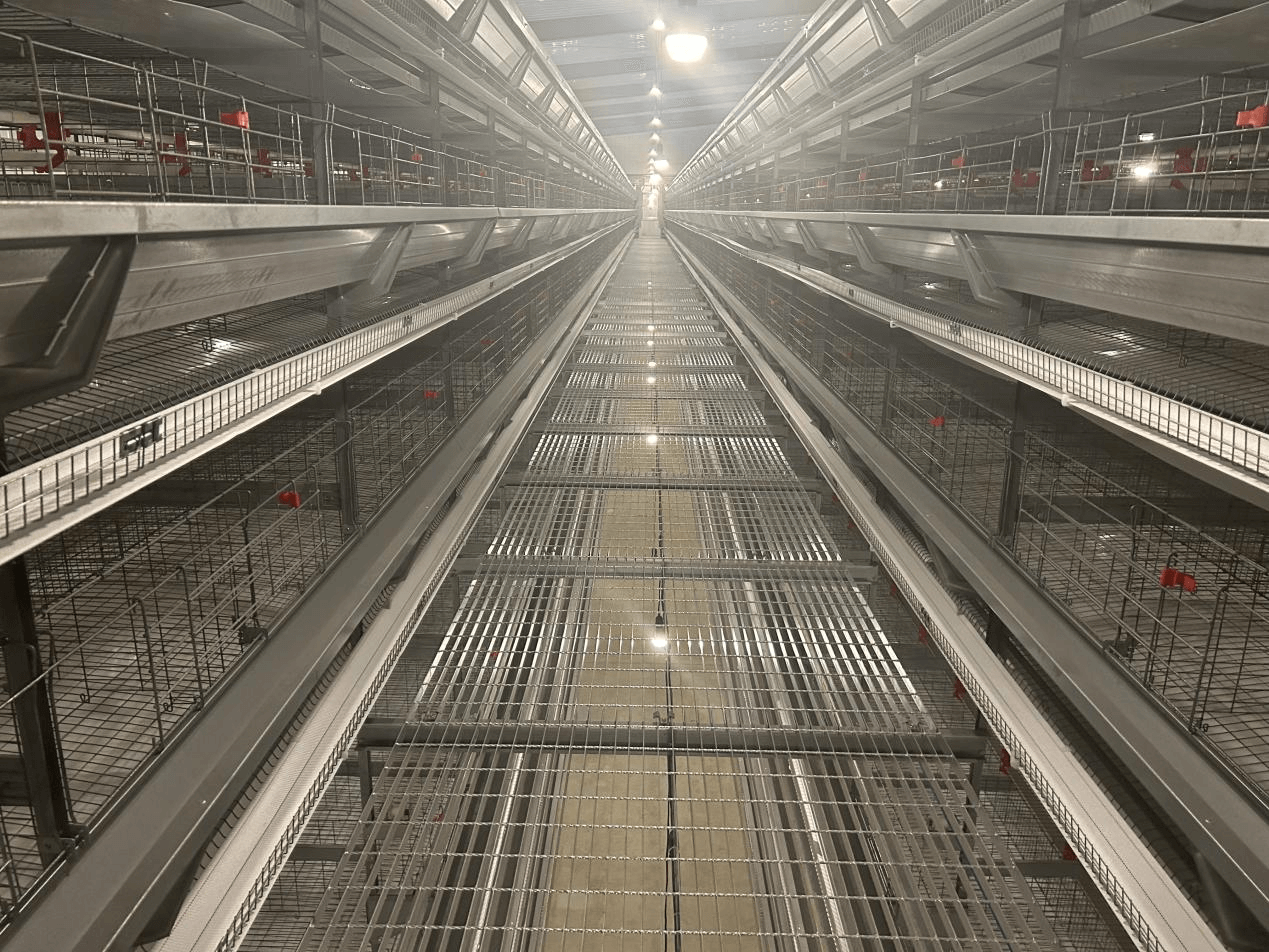
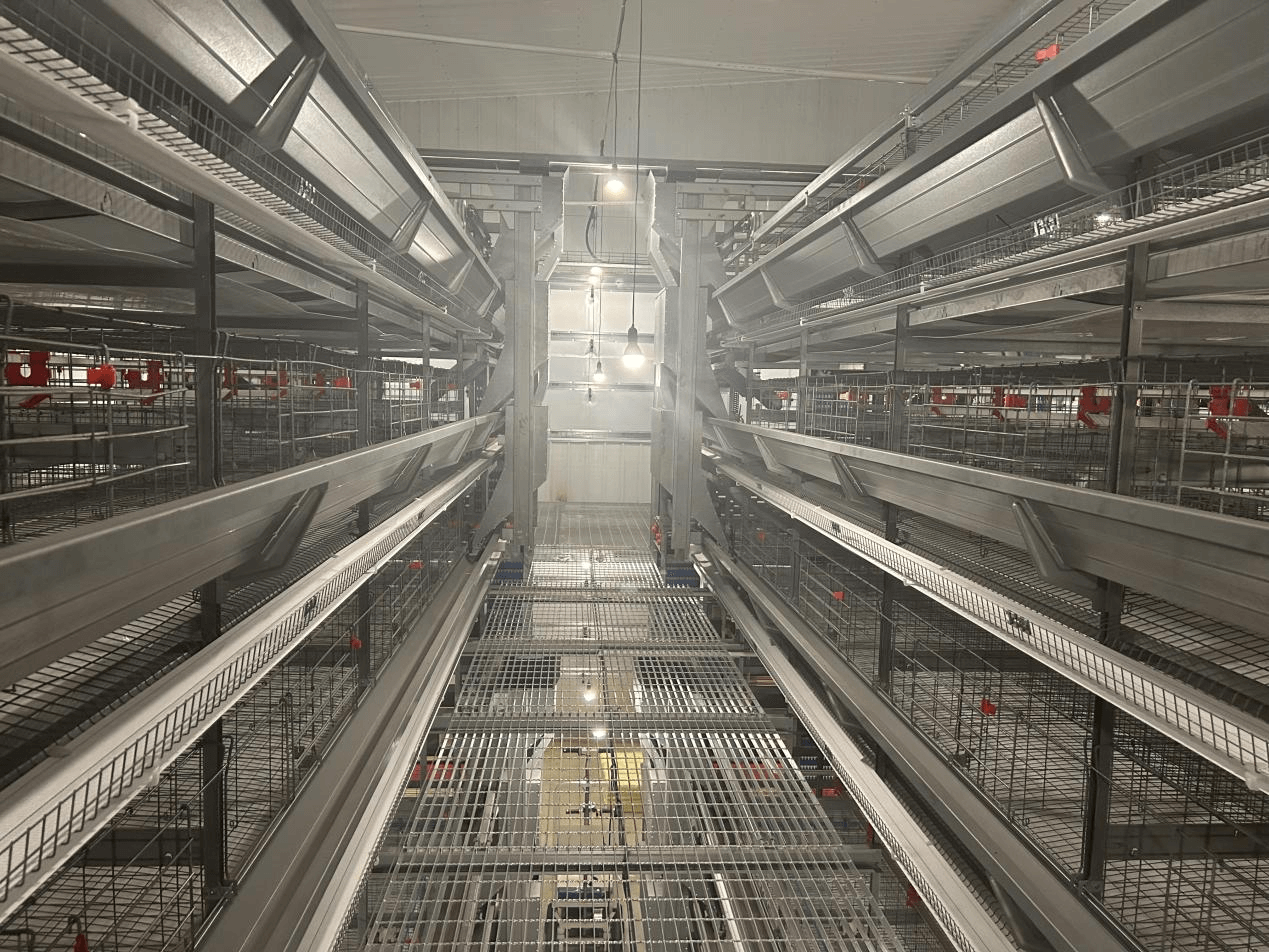
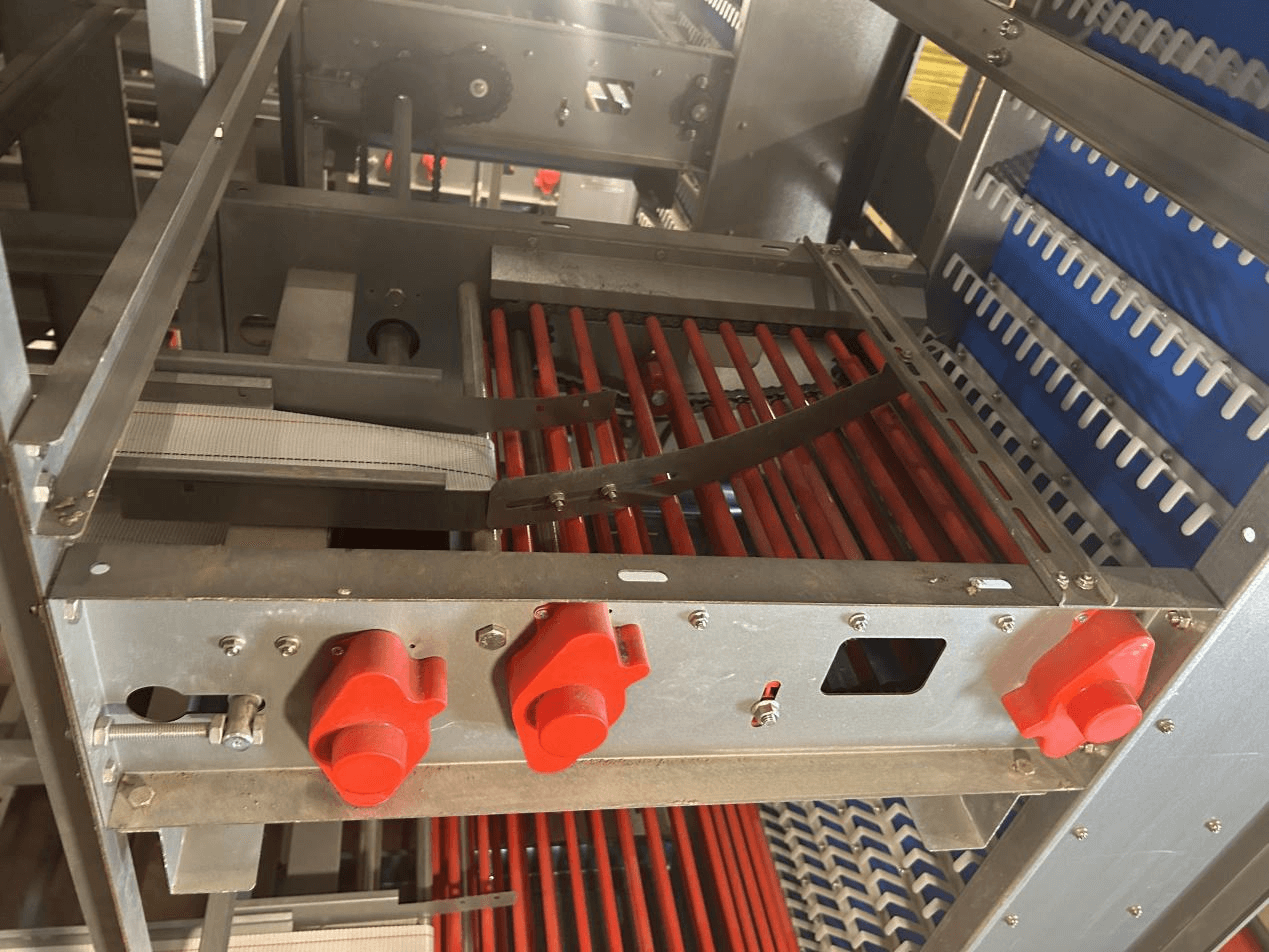
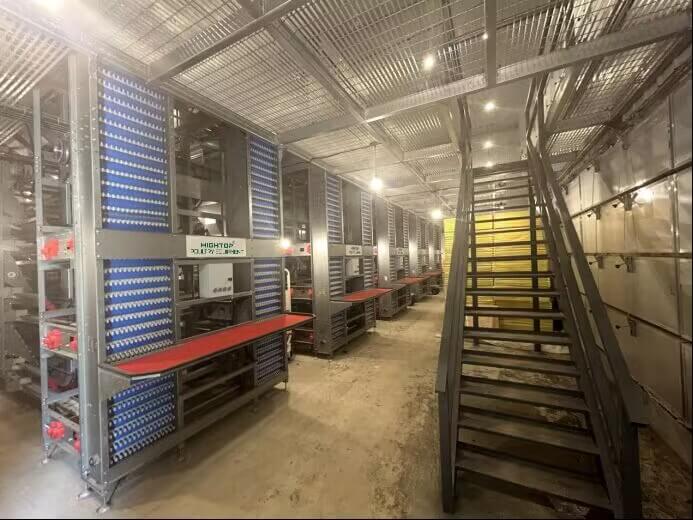
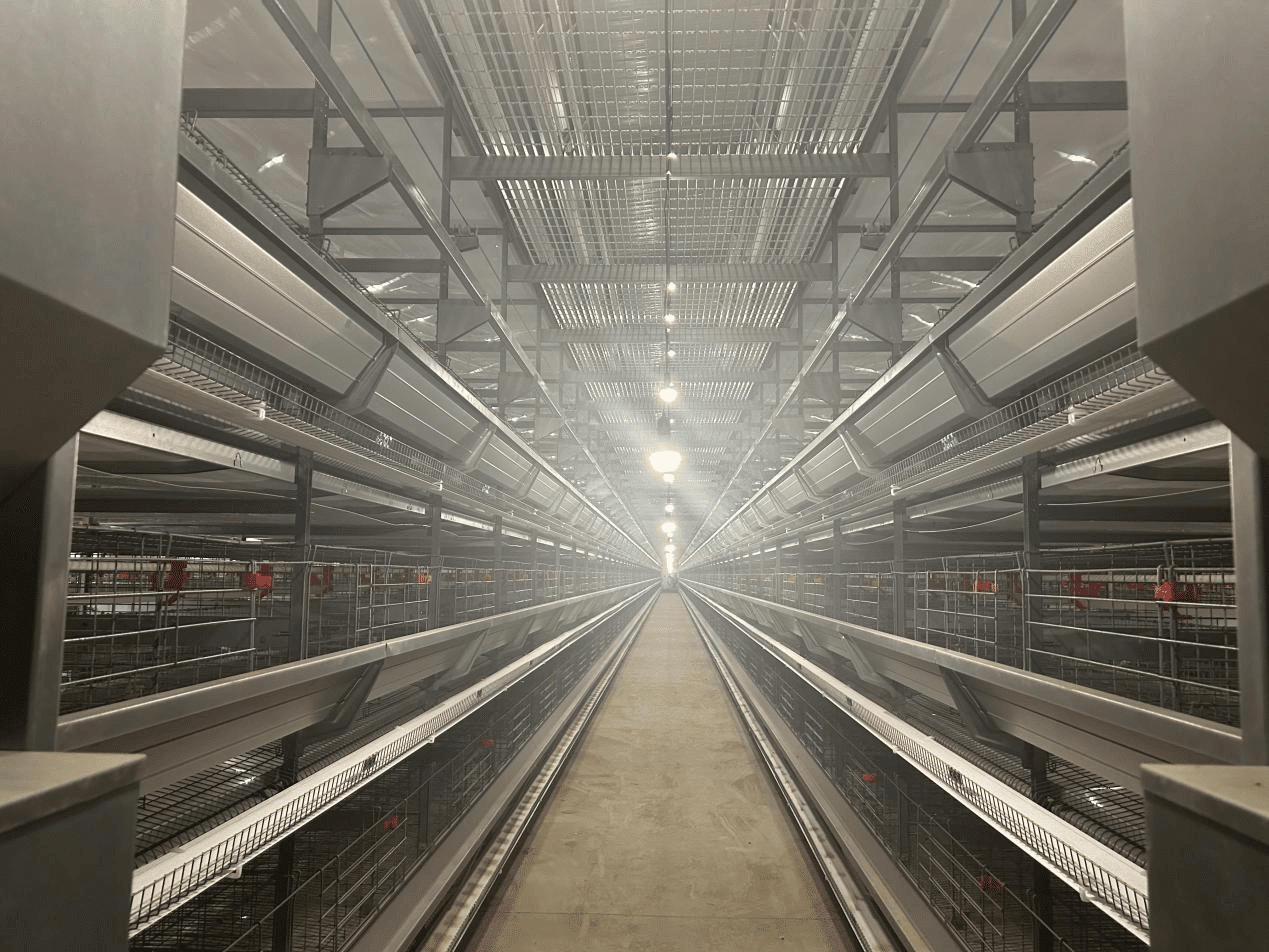
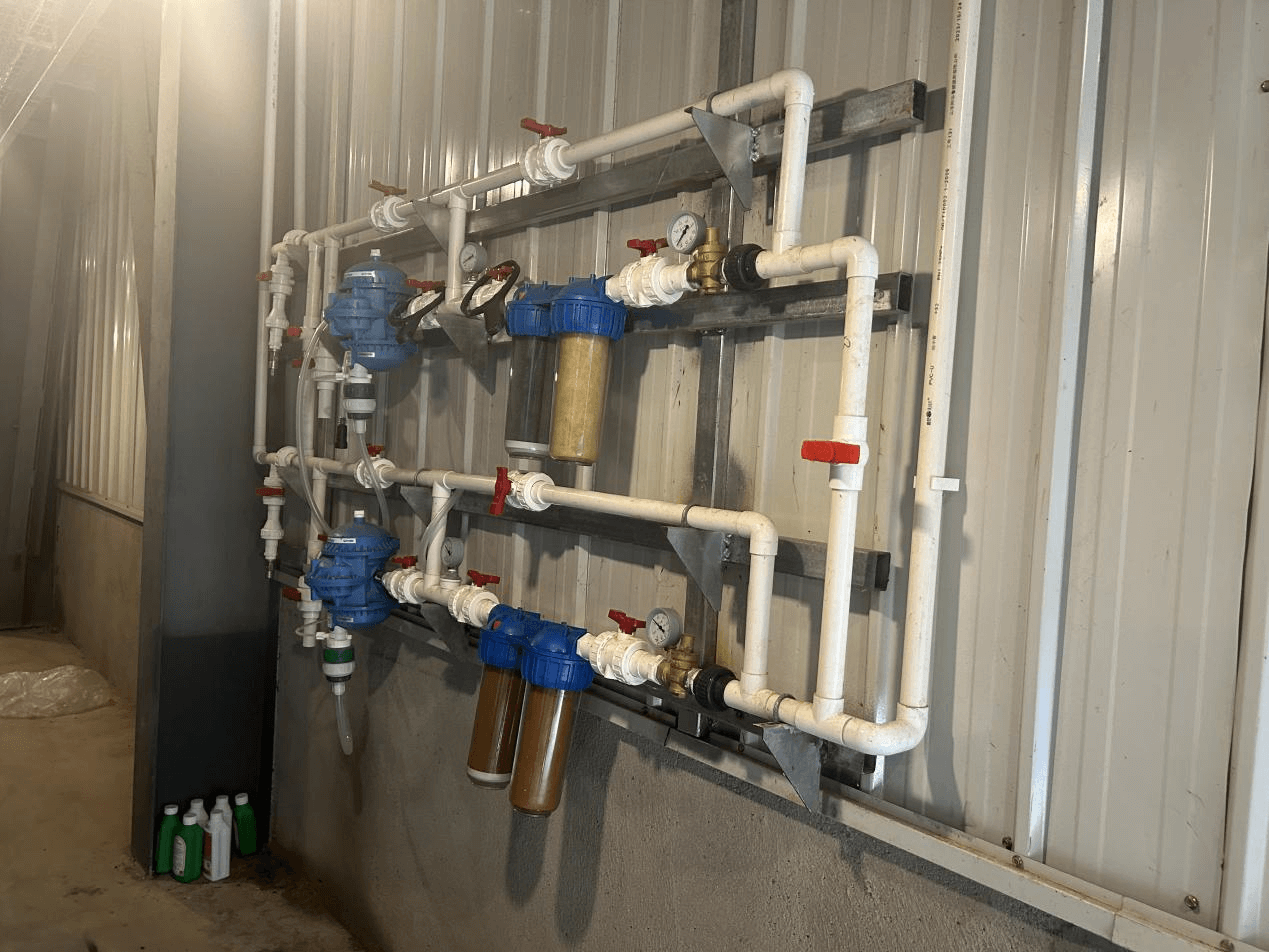
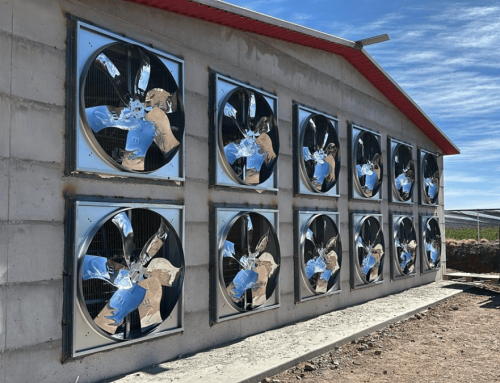
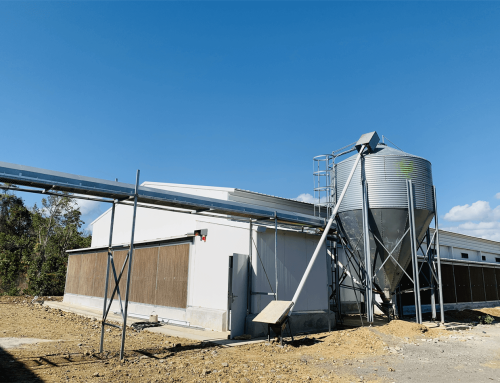
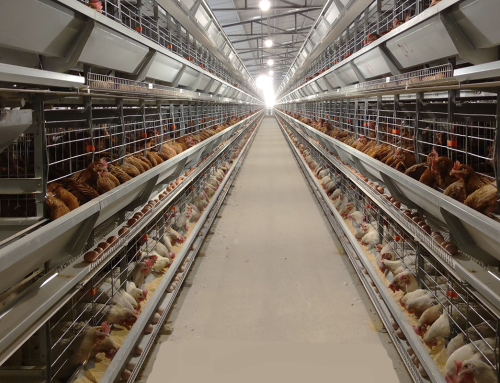
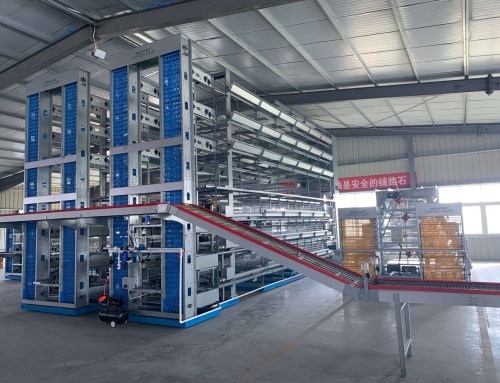
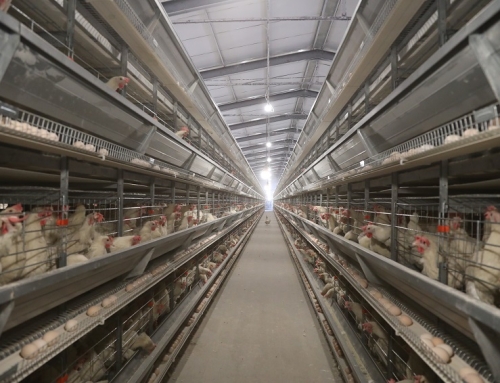
Leave A Comment